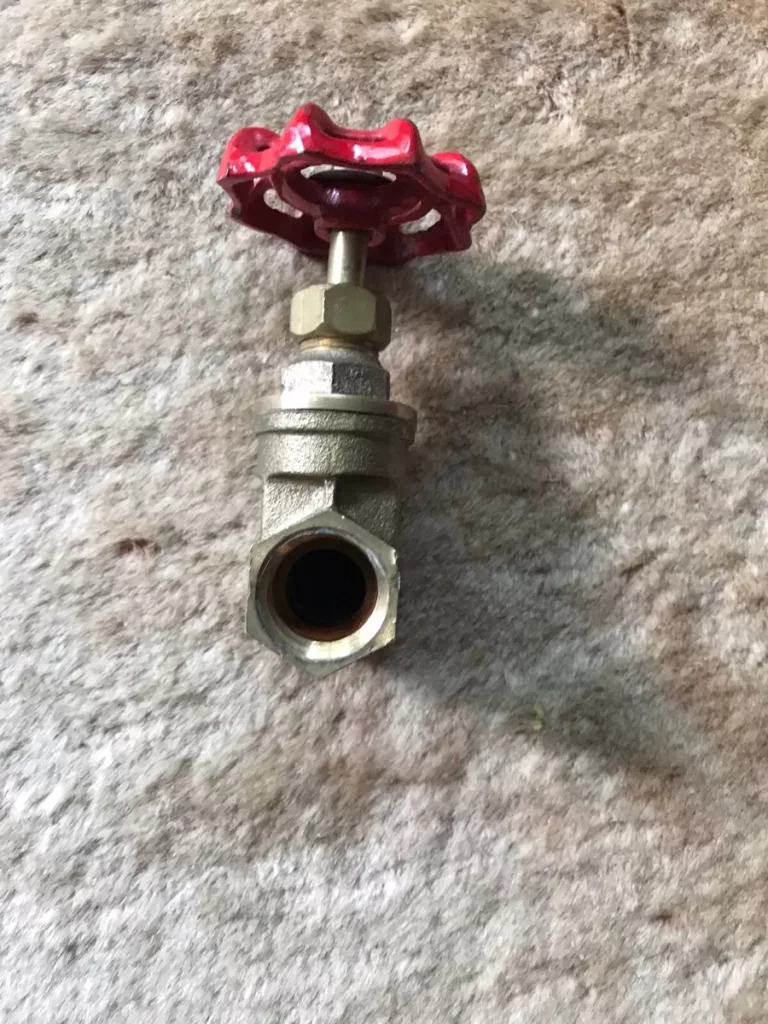In an era where sustainable living is at the forefront of global consciousness, the quest for energy efficiency has become paramount. The electricity-saving box emerges as a promising player in this power play, offering a technologically advanced solution to reduce energy consumption and contribute to a greener future. The electricity-saving box, also known as a power saver or energy-saving device, is designed to optimize the electrical flow in a household or commercial setting. Its primary function is to enhance the power factor, ensuring that electrical appliances operate more efficiently, thereby reducing overall energy consumption. At its core, the electricity-saving box employs advanced capacitor technology to correct power factor issues commonly found in homes and businesses. Power factor refers to the ratio of real power the power consumed by appliances to perform work to apparent power the total power supplied.
When power factor is low, as is often the case with many electrical devices, more energy is drawn from the grid than is necessary, leading to wastage. Installation of the electricity-saving box is a straightforward process, making it accessible to both residential and commercial users. Users simply plug the device into an electrical outlet, and it begins optimizing the power factor immediately. The effects are noticeable in reduced electricity bills, as the improved power factor ensures that appliances operate more efficiently, drawing only the energy they need. One of the notable advantages of the electricity-saving box is its versatility. It can be used with a wide range of electrical appliances, from refrigerators and air conditioners to televisions and computers. This adaptability makes it a comprehensive solution for households and businesses looking to make a significant impact on their energy consumption. Critics, however, argue that the effectiveness of the electricity-saving box is contingent on the existing power factor of the electrical system.
In instances where the power factor is already optimal, the device may not yield significant energy savings. It is essential for users to assess their power factor before investing in the device, ensuring that its implementation aligns with their specific needs and circumstances. Furthermore, skeptics question the long-term durability and environmental impact of such devices. As with any technology, the production and disposal of electricity-saving boxes raise concerns about electronic waste and the sustainability of the components used. Advocates for responsible consumption stress the importance of conducting thorough research on the environmental impact of these devices before incorporating them into daily energy conservation practices. The Stop Watt electricity-saving box presents itself as a promising tool in the pursuit of energy efficiency. Its ability to optimize power factor and reduce unnecessary energy consumption offers tangible benefits to both individual users and the environment at large. As with any technology, informed decision-making is crucial. Users should conduct a thorough assessment of their power factor and consider the potential environmental implications before embracing this power play in the quest for a more sustainable future.





